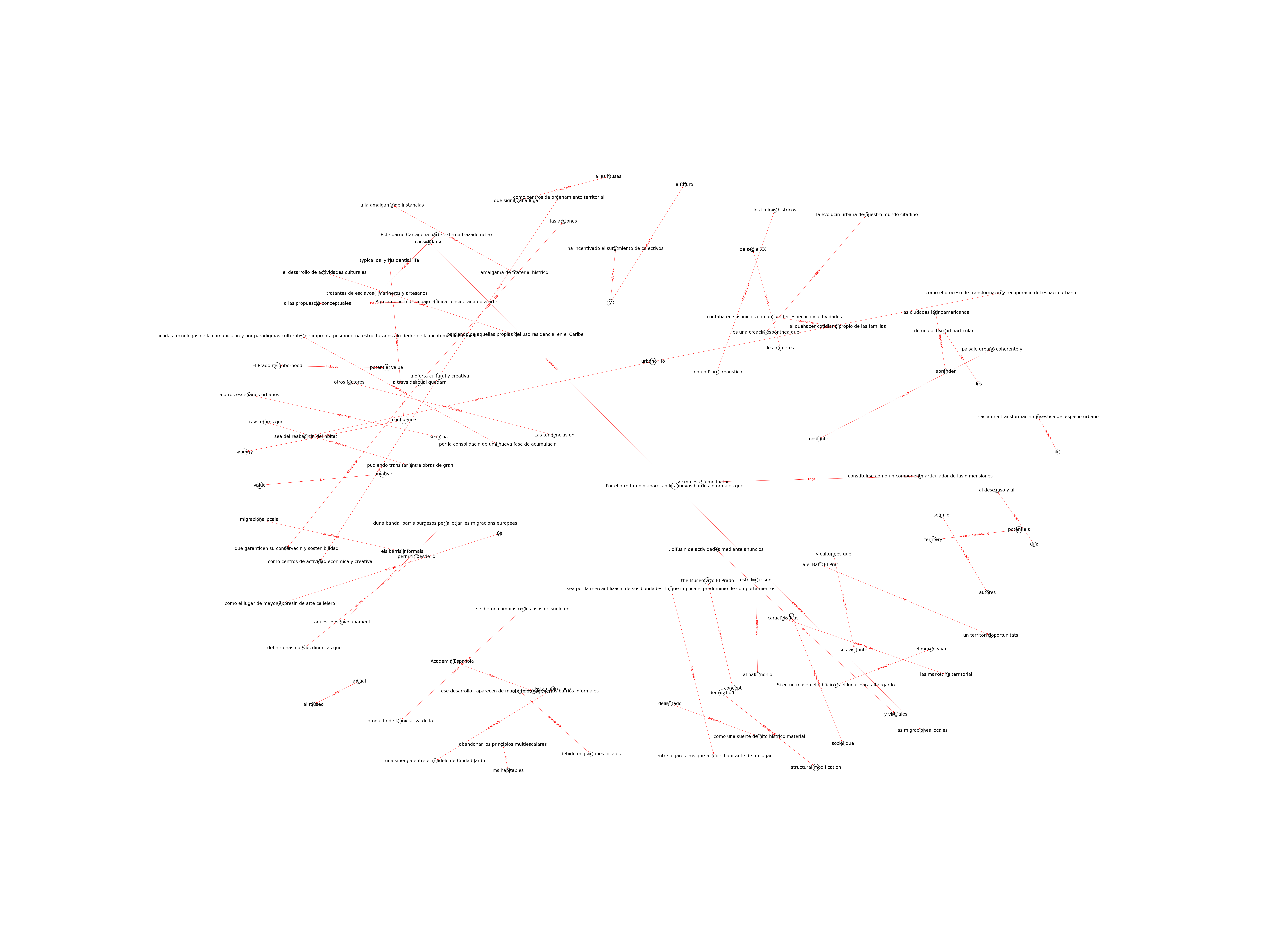| Id | 739 | |
| Author | Padilla-Llano S.E., Machado-Penso M.V., Reyes-Schade E., Larios-Giraldo P.M., Cabrera-Sánchez I., Martínez-Palacios E., González-Forero D., Tapias-Martínez J. | |
| Title | Barrio El Prado: A living museum for the city of Barranquilla Barrio el prado un museo vivo para la ciudad de Barranquilla. | |
| Reference | Padilla-Llano S.E., Machado-Penso M.V., Reyes-Schade E., Larios-Giraldo P.M., Cabrera-Sánchez I., Martínez-Palacios E., González-Forero D., Tapias-Martínez J.; Barrio El Prado: A living museum for the city of Barranquilla Barrio el prado un museo vivo para la ciudad de Barranquilla. ;On the W@terfront vol:62.0 issue: 3.0 page:3.0 |
|
| Keywords | City´s Image; Heritage; Museum; Public Art; Public Space; Urban Identity |
|
| Link to article | https://www.scopus.com/inward/record.uri?eid=2-s2.0-85091132669&doi=10.1344%2fwaterfront2020.62.6.3&partnerID=40&md5=aa46a3fbc29dc031ce081c1e7992cd4a |
|
| Abstract | Barranquilla, a city located in an intertropical geographical latitude on the left bank of the Magdalenas River mouth, is constituted as a conglomerate of pieces due to its urbanization processes. Processes that began an accelerated urban development during the first decades of the 20th century, without an Urban Plan for the management of its vast territory. In the absence of this, bourgeois neighborhoods are drawn up to allocate European Immigrants by the time that other informal neighborhoods appear spontaneously to allocate local and regional immigrants. Among the bourgeois neighborhoods, El Prado neighborhood stands out, developed according to the urbanistic principles of the Modern Movement, following the Garden City model, it constitutes the main urban landmark of the city in the 20th century. That is how El Prado is planned with a continuous urban layout and built in each of its properties, houses, and buildings of architectural styles like those built in the north American and British cities. Among these buildings, which are now patrimonial, stands out: the construction of fifty-four isolated houses for the Barranquilla elite, the El Prado Hotel and the opening of the Country Club. The passing of time has generated functional transformations in the El Prado neighborhood that have modified its symbols and imaginaries. However, the declaration as an Asset of National Cultural Interest, through Resolution 0087 on February 2, 2005, has prevented the structural modification of its architectural heritage pieces, front gardens, courtyards, and most of the plant species, as well as the urban layout. Nowadays there are a confluence of integrated and complementary manifestations that can be lived in the neighborhood and are conjugated with cultural activities developed in the urban space, activities that are linked with cultural and artistic scenarios which by the passing of the time have been set up in the neighborhood. This confluence has generated a synergy between the Garden City model, the typical daily residential life of the Caribbean that inhabits part of the architectural heritage, the culture hosted in heritage buildings and the wide open public spaces, reaffirming the living as a condition to be considered from the heritage understanding as a matter of future. An understanding that, also puts in value the human manifestations that are less recognized, since with it, the territory acquires other potentials. This is how the initiative of the Museo Vivo El Prado promotes this value as a process of urban regeneration. The potential value of the living, structured under the concept of Museum, through the process of urban regeneration, includes the El Prado neighborhood as a territory of key opportunities in cultural management and innovation, through the startup of other economic models that exclude the possibility of gentrification. That is how this research is immersed to an in-depth study of urban regeneration, the understanding of the image of the city as a piece of art and the research on the significance of museums in different instances. Concretizing this way, the conception of the Living Museum as the meaning of urban space that firstly, does not take its collection out of context, but in opposition, is generated around itself, taking advantage of the dynamic, symbiotic, socially balanced spatial and cultural systems in which democratic and spontaneous dynamics that develop, grounds and support an economic, natural and cultural equilibrated system. It is not a matter of creating an untouchable inert environment, but to allowing actions and relationships between visitors and inhabitants that enhance those dynamics. This is how The Museo Vivo El Prado, proposed as a cultural and creative innovation district, will not only generate impact and economic retribution, but it will also make possible the transformation of collective imaginaries, founding their identities and consolidating their image. That will be favored by its initial urban planning energized by the ways of living that happens in this heritage environment, letting it being recognized as its “own brand”, from the territorial marketing, in terms of recognition and promotion within the city, by the incentive of the Orange economy that is one of the Colombian National Government goals In this way, the Museo Vivo El Prado is projected from the understanding of the heritage as a matter of future, standing apart from the traditional concept of a museum, this is, as a static, inert and inanimate concept that takes out the collection of its context and uses the buildings as a supports for other artwork. In Opposition the Museo vivo El Prado places the concept of the museum in the dimension of urban management and regeneration combined with creative economy processes, to be handed over to a democratic, public, open-air space. That is how the urban space is the museum itself, its limits are the territory on which the heritage is administratively placed and the sky as its upper border. © 2020 Universitat de Barcelona. All right reserved. |
|
| Metodology | Technique |

Note: Due to lack of computing power, results have been previously created and saved in database


